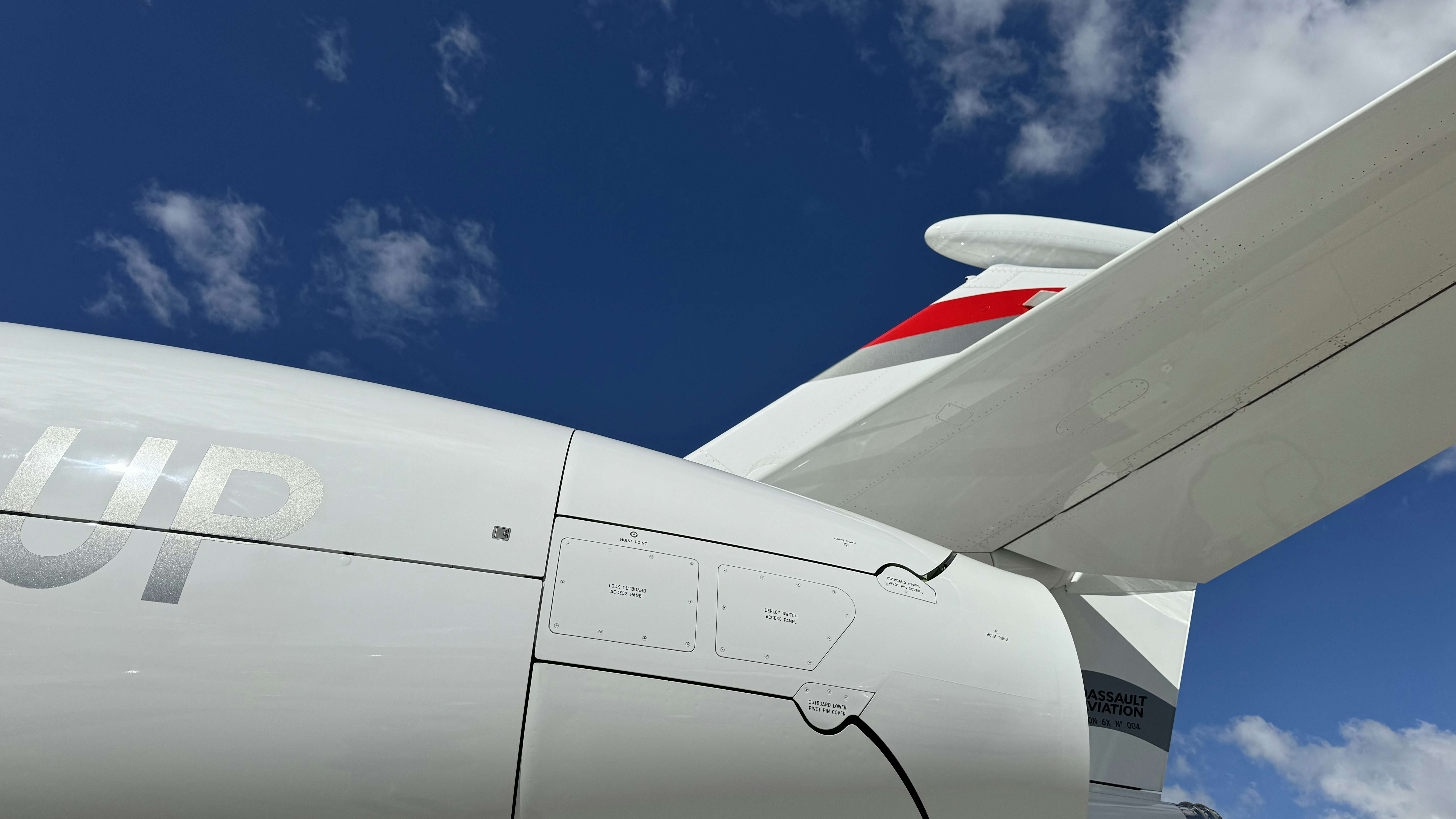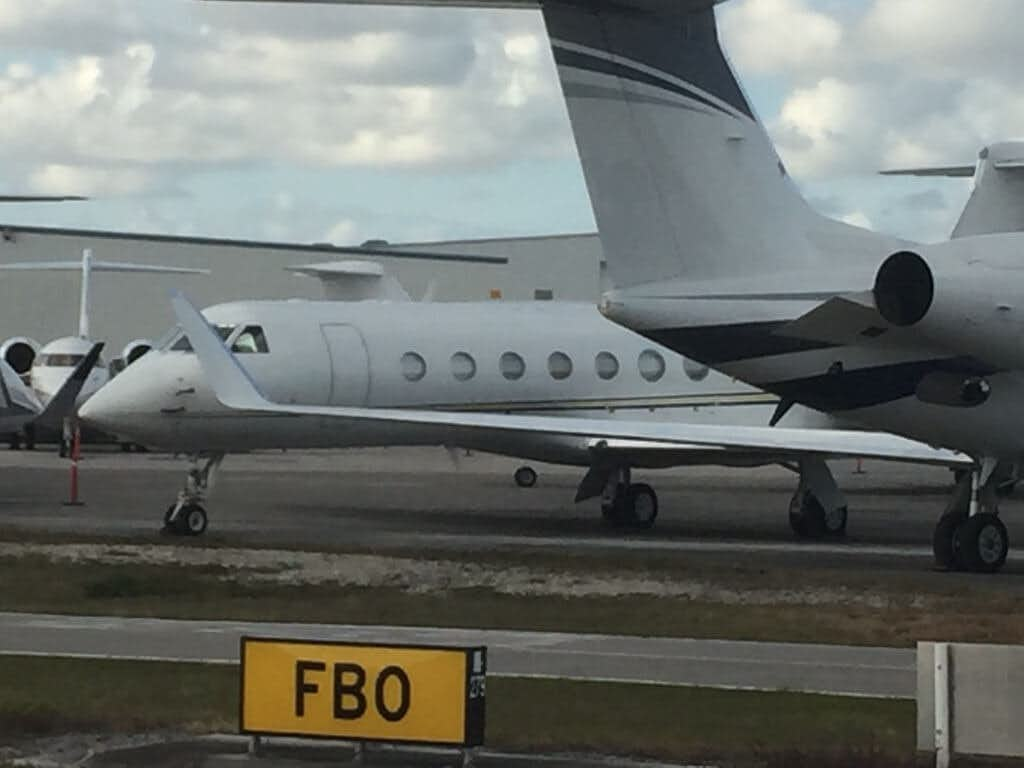

The recent announcement by market leader NetJets it is raising jet card rates between 2% and 8% raises the question, will others follow suit?
So far the answer seems to be no or maybe. But that may not be the whole story.
Andrew Collins, CEO of Sentient Jet, which racked up $450 million in jet card sales last year, says, “We expect a busy summer after an already significant first quarter and have planned accordingly for it. I’d imagine that anybody utilizing a lower-than-industry pricing strategy will find some challenges on the supply side.”
Wheels Up, which is in the middle of a SPAC merger that will see it become a publicly traded company, pointed us to their first-quarter financial results, which saw gains in revenue per flight. Its public disclosures showed $550 million in flight and membership revenues last year.
A spokesperson for Vista Global’s XO adds, “We currently do not have plans to increase our rates.” However, only 6% of its 2021 jet card bookings are on its fixed-rate Elite Access membership, the rest being market-based dynamic pricing.
| Provider | 2020 Jet Card Sales* |
| NetJets | $600 million + |
| Wheels Up | $550 million |
| Sentient Jet | $450 million |
An analysis of entry-level fixed-rate jet card pricing from the Private Jet Card Comparisons U.S. database of more than 50 providers shows all-in hourly rates for jet cards with guaranteed availability are 5.84% to 8.67% higher than December 2020, based on aircraft type. The analysis looked at turboprops, very light lights, light jets, midsize jets, super-midsize jets, large-cabin jets, and ultra-long-haul jets. It includes the base rate, fuel surcharges, and the 7.5% Federal Excise Tax.
Much of the increase from December 2020 can be attributed to the restoration of the FET. That tax was waived until Jan. 1, 2021, as part of the CARES Act. Many, but not all companies, reduced their prices during the tax holiday. The tax is based on the date of purchase instead of when you fly. As a result, more than a dozen providers offered funds deposited during the period that could be used tax-free into the future. In some cases, there is no expiration.
So how much have jet card rates increased since December 2020, and pre-pandemic, December 2019?
(Avg. Hourly Rates – Current vs. Dec. 2020 and Dec. 2019)
| Aircraft Category | Hourly Rate May-21 (Dollars) | % Change vs. Dec 2020 | Hourly Rate Dec-20 (Dollars) | % Change vs. Dec 2019 | Hourly Rate Dec-19 (Dollars) |
| Turboprop | 4,804 | 7.86% | 4,454 | 0.89% | 4,762 |
| Very Light | 5,485 | 7.50% | 5,102 | -2.97% | 5,653 |
| Light | 6,068 | 8.37% | 5,600 | 0.74% | 6,023 |
| Midsize | 7,517 | 7.99% | 6,961 | -0.18% | 7,531 |
| Super Midsize | 9,986 | 8.67% | 9,190 | -0.56% | 10,042 |
| Large | 12,930 | 6.79% | 12,109 | -0.79% | 13,033 |
| Ultra Long Haul | 16,210 | 5.84% | 15,316 | -3.71% | 16,834 |
There are a few factors to consider:
While consumers often focus on the hourly rate, jet card providers can raise flight pricing – what you pay – through stealth moves. They include:
Programs can also increase the lead time to book your flight. While that doesn’t increase your price, having more advance notice for brokers can save money buying your flight. Likewise, brokers may need to increase the lead time for cancelation if operators do the same. So far, we’ve seen a bit of each since the beginning of the year. However, it seems more like tweaking than a trend.
Most jet cards offer rate locks of 12 to 24 months, so the prospect of price increases is often used to drive sales. Last December, jet card companies raked in deposits as customers rushed to buy jet cards and pocket the 7.5% savings before the FET was reinstated. On the opposite side, companies rarely issue press releases about increases. They leave it to their sales reps to disseminate information tactically. In other words, while you might not need to pull the trigger right now, it’s probably a good idea to figure out which programs fit your needs and open a dialogue with those providers.